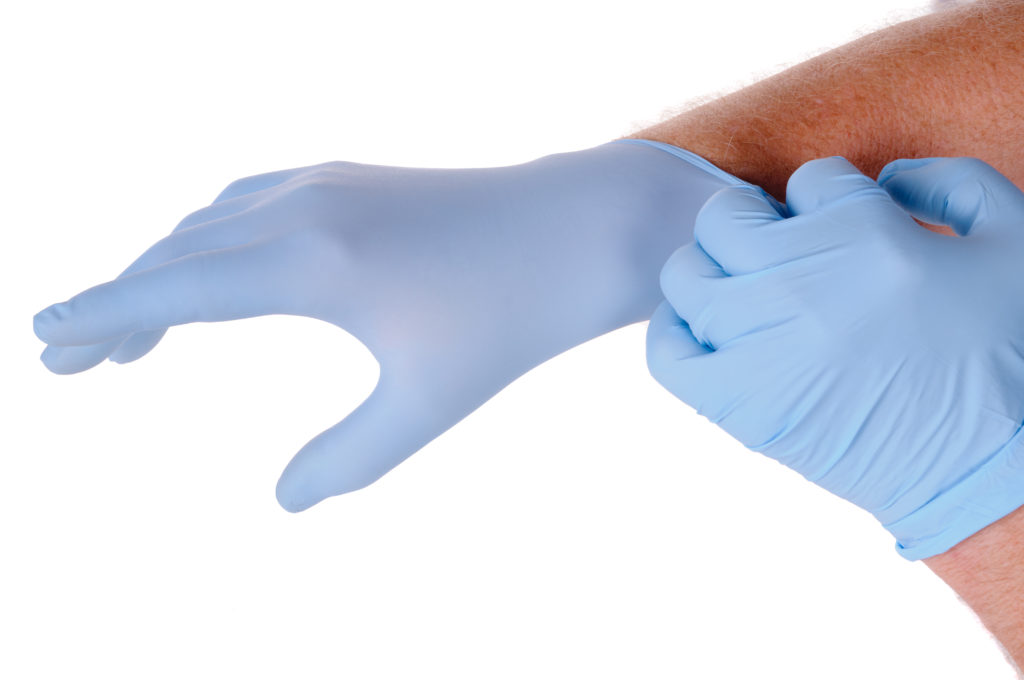When buying disposable gloves, there is so much more to consider than simply whether you not you need gloves that are powdered or powder free. Depending on the task in hand, the quality of the glove itself is key in ensuring that your hands and health are protected. But how can quality be measured when we are talking about gloves? Well, put simply, it all comes down to the AQL.
You have most probably seen AQL ratings on the side of a box of gloves, however many of us don’t actually know what it means. AQL means “Acceptable Quality Level” and is defined within manufacturing as the quality level that is the worst tolerable.* So for example if a production run was required to have an AQL rate of 2% then that means that no more than 2% of products within that run can have defects. If there are any more than 2% that are defective, then the entire batch is removed from production.
So in the case of disposable gloves, AQL is the internationally used quality standard for measuring the percentage of pinhole defects in a disposable glove.
* In order to check this, batches are tested during the manufacturing process to help detect defects.

After the industrial revolution, many challenges arose with regards to consistency of quality due to mass production manufacturing. Many companies were faced with the conundrum of how to monitor the quality of their products without inspecting every single one.
between the Great War and The Second World war, the US Army introduced a series of statistical tests to check the quality of their ammunition. They tested a small quantity of each batch that were produced. The results led them to accurately predict the behaviour of all untested ammunition. This successful method was then used to control the testing of many other military bulk purchases.
The UK adopted this approach in the 1970's after realising how effective it was and republished them as British Standard BS6001. This was then internationally followed and the International Standard ISO 2859 was developed.
The basic rule to follow here is the lower the number, the lower the number of defects that particular batch of gloves have. So for example a set of gloves that have an AQL rating of 1.5 would be vigorously tested to ensure that they provide a greater amount of protection compared to a 4.0.
There are so many tasks that require disposable gloves from medical uses to simple household cleaning, so getting the rating to match the task is so important. Typically a rating of AQL 1.5 is the most commonly used for medical practitioners, or for those that are in contact with people. There are some professions that require the AQL to be much lower such as in certain labs where the risk of contact with harmful substances is greater.
A glove that has an AQL of 4.0 or higher is often used for mechanical work or domestic cleaning as the glove doesn’t require such a good rating. These gloves often lend themselves to withhold extra features such as added texture.
The AQL rating applies to all disposable gloves made from these materials and a variety of colours.
As the cost of manufacture and quality control is higher, gloves that have a lower AQL often cost slightly more as a general rule. However, a low AQL comes with the following benefits:
We hope that this simple guide has helped to answer your questions about AQL ratings, if you can’t find an answer you are looking for, please contact us and we will be more than happy to help.
You will find a whole range of disposable gloves available on our website.
Sources:
https://qualityinspection.org/what-is-the-aql/
https://www.spservices.co.uk/news/AQL-and-Disposable-Glove-Protection_107.html
https://www.globus.co.uk/what-does-aql-mean